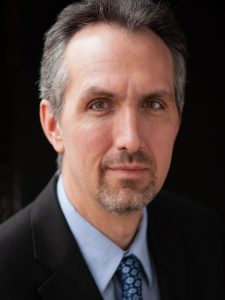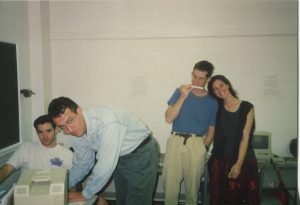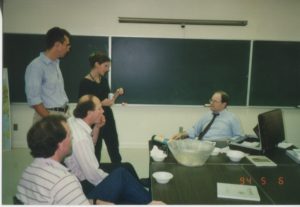Peter van Alfen
Peter van Alfen is Chief Curator at the American Numismatic Society (ANS) in New York City where he oversees one of the largest collections of coins worldwide. While in the NAP he participated in shipwreck excavations at Ulu Burun, Bozburun, and Tektas Burnu, Turkey, and a survey for shipwrecks in the Red Sea. His print publications include studies of Byzantine amphoras, Linear B inscribed jars, and ancient coinage and monetary systems.
 Peter van Alfen is Chief Curator at the American Numismatic Society (ANS) in New York City where he oversees one of the largest collections of coins worldwide. Prior to joining the ANS in 2002, he obtained a PhD in Classical Philology at the University of Texas at Austin, after completing an MA in the Nautical Archaeology Program (NAP) at Texas A&M University in 1995. While in the NAP he participated in shipwreck excavations at Ulu Burun, Bozburun, and Tektas Burnu, Turkey, and a survey for shipwrecks in the Red Sea. His print publications include studies of Byzantine amphoras, Linear B inscribed jars, and ancient coinage and monetary systems. He also co-directs a number of NEH-funded online numismatic resource and research projects including Hellenistic Royal Coinages (numismatics.org/hrc). He currently serves on the US Mint’s Citizens Coinage Advisory Committee (ccac.gov).
Peter van Alfen is Chief Curator at the American Numismatic Society (ANS) in New York City where he oversees one of the largest collections of coins worldwide. Prior to joining the ANS in 2002, he obtained a PhD in Classical Philology at the University of Texas at Austin, after completing an MA in the Nautical Archaeology Program (NAP) at Texas A&M University in 1995. While in the NAP he participated in shipwreck excavations at Ulu Burun, Bozburun, and Tektas Burnu, Turkey, and a survey for shipwrecks in the Red Sea. His print publications include studies of Byzantine amphoras, Linear B inscribed jars, and ancient coinage and monetary systems. He also co-directs a number of NEH-funded online numismatic resource and research projects including Hellenistic Royal Coinages (numismatics.org/hrc). He currently serves on the US Mint’s Citizens Coinage Advisory Committee (ccac.gov).

 “My time in the NAP (1992–1995) was hugely formative. The faculty at the time–George Bass, Fred van Doorninck, Donny Hamilton, Kevin Crisman, Fred Hocker, and Shelly Wachsman–were all rigorous teachers, demanding academic excellence, honed writing, and polished presentations. The lessons I learned from them, not just about seafaring, ships, and trade, prepared me well for my subsequent academic and professional career. Those were intense, packed years, but they were at the same time immensely gratifying and joyful. The students and staff all worked hard together, played hard, and formed relationships that have lasted for decades.”
“My time in the NAP (1992–1995) was hugely formative. The faculty at the time–George Bass, Fred van Doorninck, Donny Hamilton, Kevin Crisman, Fred Hocker, and Shelly Wachsman–were all rigorous teachers, demanding academic excellence, honed writing, and polished presentations. The lessons I learned from them, not just about seafaring, ships, and trade, prepared me well for my subsequent academic and professional career. Those were intense, packed years, but they were at the same time immensely gratifying and joyful. The students and staff all worked hard together, played hard, and formed relationships that have lasted for decades.”
